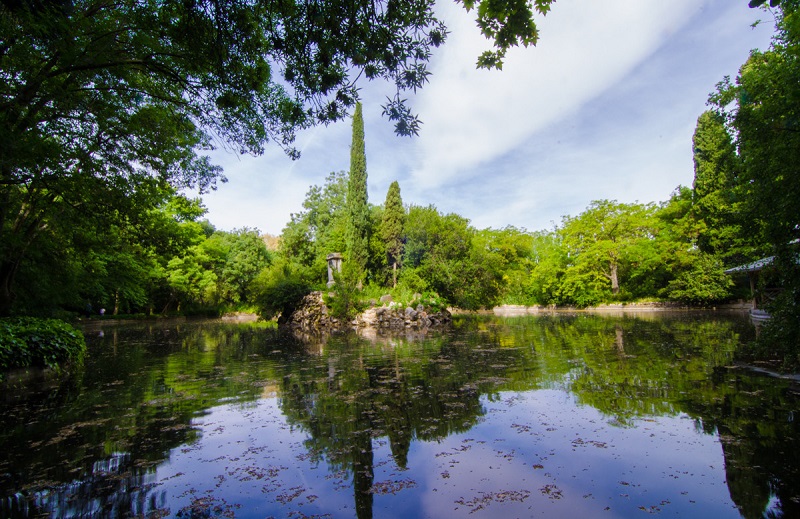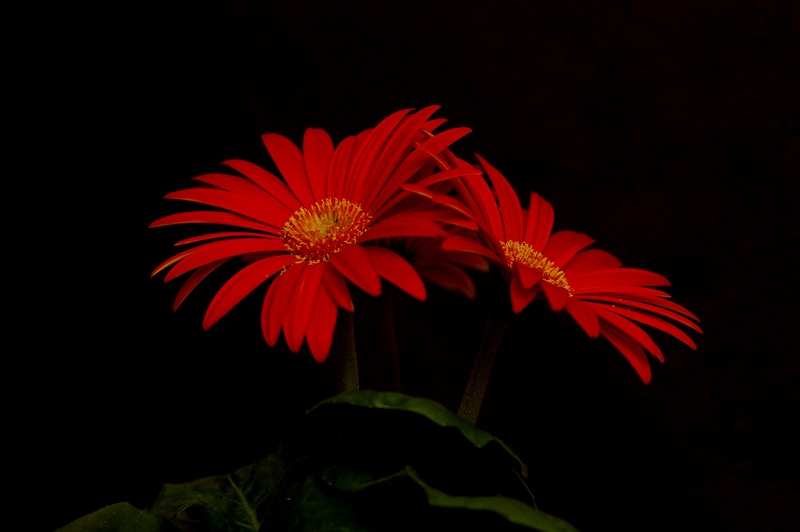
The advancement in the clock, the longer days and the fragrant aroma that surrounds the streets, are unmistakable signs that spring has arrived. The good weather encourages people to leave their home and this makes many unwrap the cameras that the Magi gave them last Christmas. Be aware of these tips to make the most of light and colors in this season.
Know our equipment and lower expectations
It is quite common to see a bucolic and beautiful natural scene and we want to capture the moment. Surely when taking the photo we will see that it does not look like much to what we are seeing. This is because the eye and the camera have very different forms of receiving reality, as we see in this comparison between the human eye and photographic optics. If we know some photo retouching and our capture is well done it is possible that we can get closer to what we have seen, if we do not know much about Photoshop recently Fernando Sánchez gave us some tips to improve the color of our landscapes.

Observe the surroundings at different times
The photograph (with capital letters) unlike the compulsive capture of images is an exercise of patience, of observation, almost like the ascetics of Philo in Lake Mereotis. Differences in light in spring vary greatly from morning to afternoon, sometimes clouds, or light after rain can change the landscape.
So if you have clear the landscape you want to capture, whether urban or natural, we advise you to go several times at different times of the day.
If you are going to photograph flowers
This season is best for taking pictures of flowers. Leaving aside macro photography, it is possible that we want to take pictures of small flowers, it is best to play with the depth of field, the large apertures blur the background, so we can remove the distractions of other elements such as stems you leaves of flowers that are nearby.
You may also like to read another article on NGCATravel: 15 tips for first time travelers
Use flash
There are many occasions when using the flash will make a difference in outdoor photography. It will not counteract the shadows produced by the sun. Although the common thing can be used to help us “freeze” a moment, we can use it creatively, if we slow the shutter speed and use the flash we will freeze one part of the shot while the other will come out moved. This trick can be used in both moving scenes, such as a cataract, as forcing the movement of the camera after shooting. A little patience and practice will suffice.

Flash Alternative
This advice is for any time of year, but it is well remembered. If you do not have flash, if you only have the camera or if you have not yet mastered it, there are two alternatives that can help you. Using continuous light, such as small LED spotlights or using a reflector, for this second you may need someone to lend you a hand because they are usually bulky.
The use of reflectors can be a very interesting creative alternative; we can often find “5 in 1” reflectors that come with reflectors of different materials and colors that translate the light in a different tone, which can serve to greatly improve the shot with certain types of light.
Use of diffusers
In the middle of the morning, the light is usually very hard on clear days. Sometimes we have no choice but to make that photo at that time, to facilitate our task in post production, we can use translucent diffusers that will serve to sift the light. It is our “little cloud” that helps us not to get too high.
Color or black and white
The cones and canes are two of the three photoreceptor found in the human eye. It is not known exactly how many colors the human eye sees, but “in the eye of good cuber” it is believed that we can distinguish close to a million chromatic ranges. Cones, which are sensitive to colors, are able to identify about 100 different tonalities of blue, red and green, and the brain can combine them to “create” many more.
After this dissertation it would seem crazy to not take advantage of the colors that nature offers us in spring … after finding the time of day that you like, decide if you are going to use flash or not and choose a composition that you like, it is up to you to decide You want to be realistic or to venture along the paths of artistic creativity.
